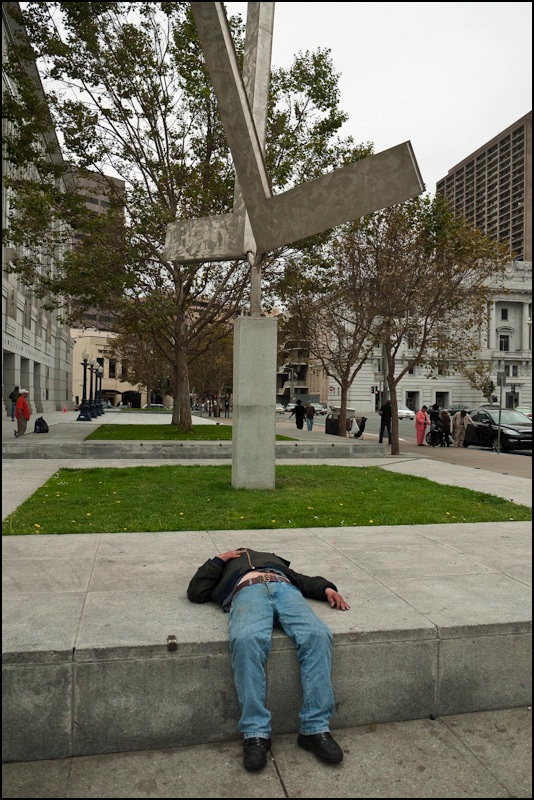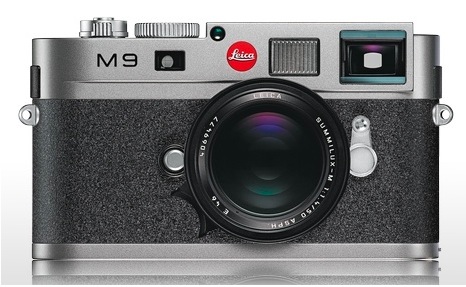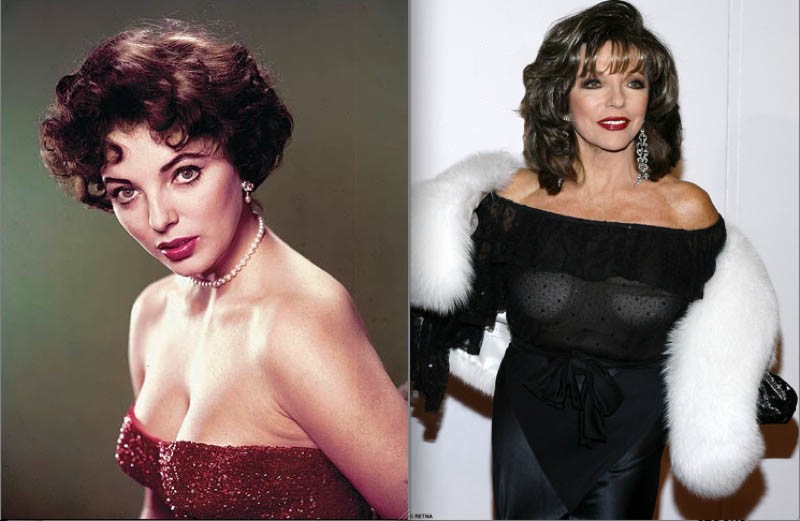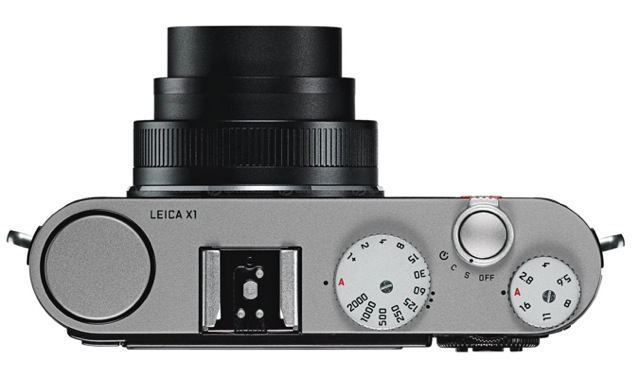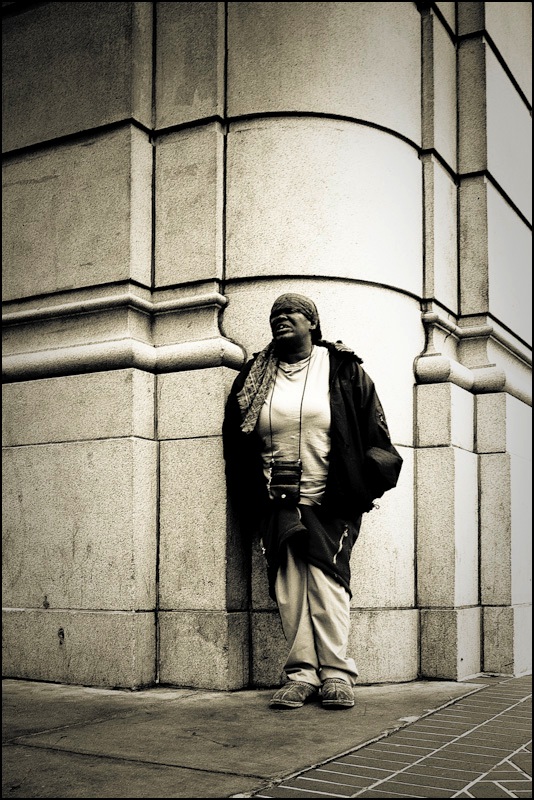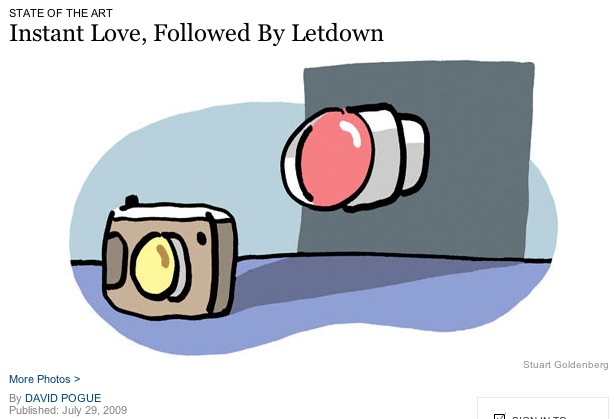Trust your eyes, not charts.
Frequently one sees performance of digital cameras compared using JPG images. This could not be more useless. Different sharpening algorithms in the cameras being compared render such comparisons meaningless, compounded by the poor dynamic range of the JPG file format. JPG is the fastest way of making a fifty dollar camera out of a thousand dollar one. Add to this technical ‘analysis’ the fact that different lenses at different price points are being used and what you end up is so much noise.
Some try to counter these issues by comparing unprocessed RAW image output. Even worse.
All digital images require anti-aliasing – the process of removing ‘jaggies’ from image details. For example, when the Leica M8 was first ‘tested’ reviewers gushed over the native definition of the RAW images produced by the camera, comparing these favorably with Canon, Pentax and Nikon DSLRs’ output. Chalk and cheese. The Japanese cameras use a strong anti-aliasing filter, placed in front of the sensor. The Leica M8 (and M9) uses none, preferring in-camera software to do the same thing to images rendered with its previous generation Kodak sensor. To get the best out of the Japanese cameras’ RAW images substantial sharpening must be applied in Lightroom (or whatever you use) to get the best from the original file and make a proper comparison.
Reviewers would have it that this makes the Leica image superior as no sharpening is needed, conveniently disregarding the fact that sharpening has been done in camera. They will then compound this misinformation by comparing a fixed focus lens on the Leica (because that’s what they were given to test and are too lazy/ignorant/conflicted to do it right) to a lower quality zoom on the Japanese competitor.
As I have pointed out many times here, the 5D I use – depending on the lens used – mostly needs a sharpening setting of 40-60 in LR. This works fine for the 24-105, 85/1.8, 100 macro and 400/5.6. The 200 f/2.8 ‘L’ is so sharp that it needs a setting of 20 at most. The 20.8 and 50/1.4 I owned (both sold) needed 70 or more at wide apertures. The Panasonic G1 uses so little in-camera RAW processing that it needs even more sharpening – my default import setting for the G1 with the kit lens in LR is 90.
So what’s the right answer to the question : “Is this camera capable of delivering the resolution/speed/handling/whatever that I need?” I’m afraid that, with the host of variables in the digital process, and the broad range of skill sets and needs among users, the only right answer is “Try it and see”.
After all, would you trust a surgeon who never operated before to work on you? Because that’s what these reviewers are – hardly a one of them can take a picture to save his life and what works for you will differ from what works for the guy working for ‘click-through’ advertising dollars using free gear from the manufacturer. He’s not about to bite the hand that feeds him.
So for the reader who asked here the other day “Should I sell my LX-3 and get a G1?” there’s no right answer to that question. How can the needs of, say, a street snapper, compare with those of a macro or sports enthusiast? Depends what you want to use the camera for – there are no Swiss Army Knife solutions.
By all means read the technical reviews to get a sense of the gear but don’t waste your time on comparisons with other makers’ equipment by those unqualified to pontificate. Try it yourself.

Expert camera reviewers. G1, 14mm, f/4, 1/2000, ISO 100
An online camera review reader having just finished yet another mind numbing twenty page special:
